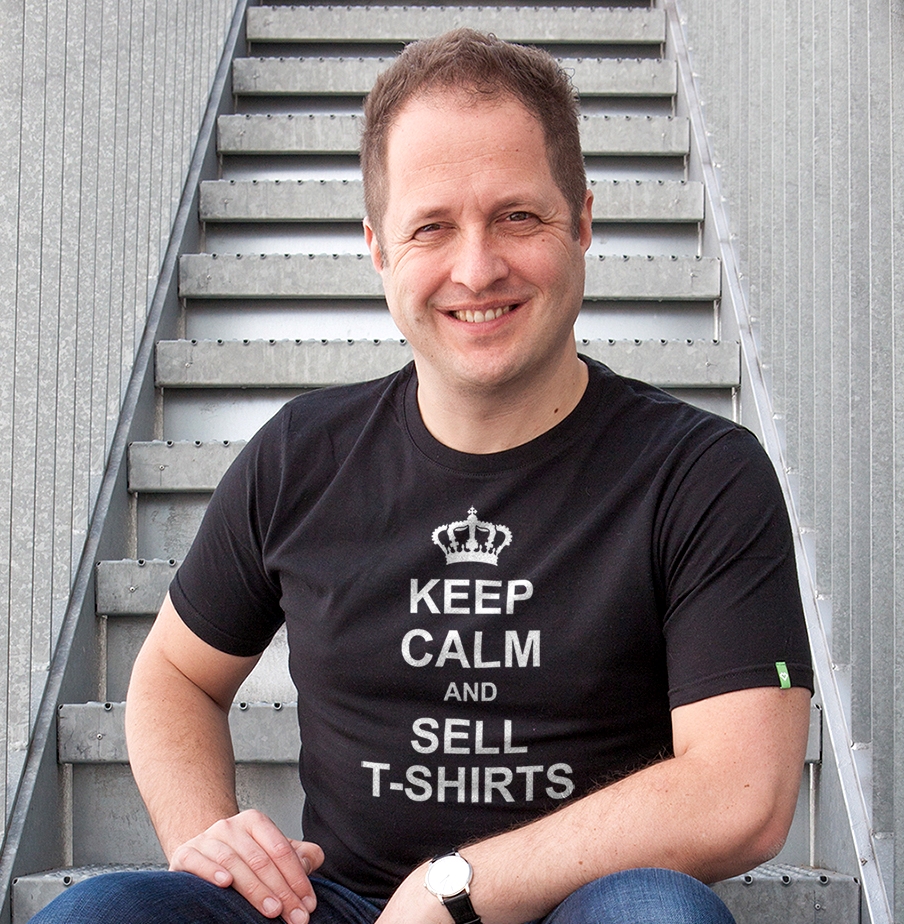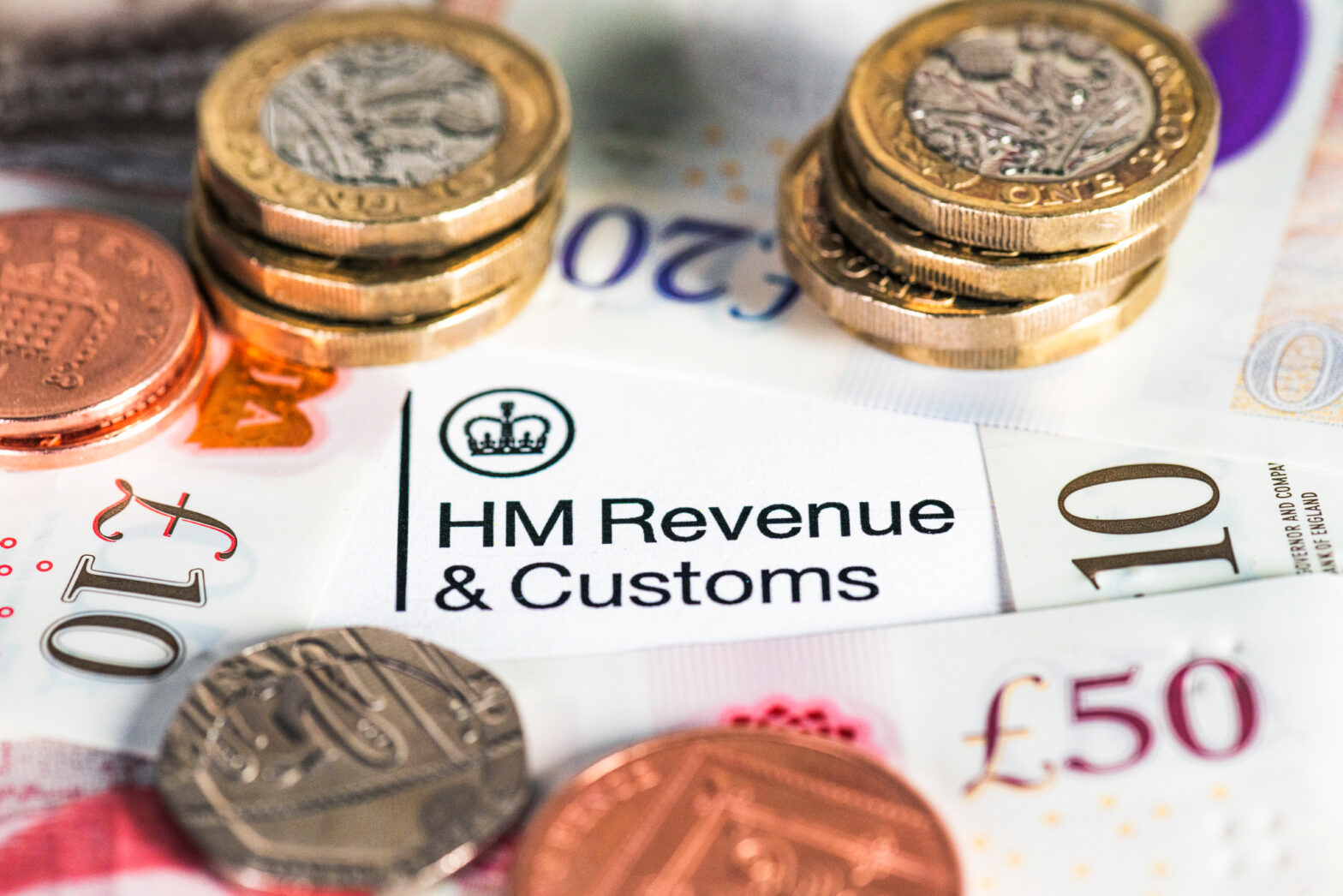Did I ever consider competing against Amazon? I love Amazon, I did over 40 orders last year and even went to their grocery store while travelling in the US. They are growing to an unbelievable global scale and they are doing it through total customer focus.
My love was dented a little in the summer of 2017 though, when Amazon decided to move into our market. Spreadshirt is a €100m, self-expression ecommerce platform. We empower people worldwide to express themselves, through creating, discovering, and selling clothing and accessories with messages they want the world to hear. We do this through four synergetic models running on a single platform. People can create their own personalized products, sell designs on our market place, or open an online shop and we offer fulfilment for other e-commerce sites and enterprises. Through our five production sites we then print and ship the t-shirts, hoodies and mugs, to over 160 countries. In 2017 that was 4.8m items through over 80,000 selling partners.
And yet, the roll out of Merch by Amazon across the US and EU is shaking up the industry, even for established players like us. Amazon’s vision is to deliver printed goods within two hours. This, in an industry that thinks in terms of two-day delivery at best and often as long as two weeks. If Amazon can deliver its vision, I suspect it will take a $1bn share of the market in just a few years.
So what have we learnt since Amazon arrived in our market that we could share with other companies facing the presence of this customer-focussed, delivery behemoth in their sector? How can you compete against Amazon?
1 Delivering for the Customer
Ask yourself; do you truly perform for the customer when they buy from you? You may think you are doing a good job, but if you are not bench marking you can’t really tell. So now you have to find ways to review this. We found two simple ways to do this.
Firstly, sell on Amazon and preferably become a Prime Seller. This way you can see exactly how your operations and delivery compare to theirs. You will probably find (we did) that you have to put Amazon orders ahead of your own to hit the demanding KPIs they have. Then you have to bring your whole operation up to the standard that Amazon is demanding. This will only make you equal to Amazon in terms of delivery, but probably better than everyone else in your market.
Secondly, Google ratings will give you a wider range of competitors and are extremely important in your marketing. We keep a list of 40 competitors including Amazon across a number of our key countries. Reviews range from 68% to 99% good. Amazon is only 92%. So work out how to get to above 98%!
Even if your operations match those of Amazon, it’s not enough. You need to specialise too.
2 Convenience vs Specialism
So we know that Amazon equals good delivery. It is commodity shopping, which works best when you already know what you want to buy. By the same token it is almost nothing except good delivery. Customers who really care about a particular market, and those seeking inspiration rather than plain fulfilment, will prefer a specialist with a clearer choice of goods and expertise in the market. So you have to make this clear in your branding, range and user experience. You can develop customer trust in your market that will be stronger than Amazon.
But this means you are going to have to be clear and honest with yourself about what your business does. Focus on that and don’t be distracted by diversifying. Too many businesses look to expand their range or develop new markets in the hopes of gaining other revenue streams. Be careful that this doesn’t mean you lose your reputation for expertise.
We found that one of the best ways to demonstrate expertise, is to include real people. Amazon is a machine; its excellent customer service is a series of buttons you click. As a specialist, you need to have real and helpful customer service; for example, by making an advisory service available before the purchase. You can also bring your company alive by including your teams in marketing and social media; this shows that your company is staffed by real people who care and are experts.
3 Scale and mergers
As ex-Amazon executive Brittain Ladd, says the goal on the arrival of a company like Amazon in your sector isn’t necessarily to win. The aim is to outlast the competition. To do that you need to be profitable and that also means working for quality of revenue. It’s not just about being fast-growing or innovative. If a faster-growing rival arrives, you’re going to need cash to ride out the storm, work out your response and implement it.
At first glance the idea of scaling and/or merging seems in direct competition with the previous suggestion to specialise. But Amazon also wins by scaling and gaining the best unit economics and price advantage. As much as your customers love you, they are not going to pay 10% or 20% more for the same thing. They will just browse on your site and then find the equivalent on Amazon for less. So you can’t just offer the same thing as Amazon, hence the need to specialise, but you also need to think about scale.
Specialist does not have to mean small; specialists can still be a £100m brand, but to win on scale you are going to make some alliances or acquisitions. In many markets there are buying groups or combined operations who enable better supply chain prices by working together.
This can be one impact of Amazon’s arrival in a market; it triggers M&A activity. Several brands may merge or build multi-brand groups with combined operations and supply chains. Creating groups like this makes it possible to generate significant scale and unit economics that could beat Amazon.
So is anyone surviving the onslaught of Amazon? Yes, at Spreadshirt, but we’ve had to take a long hard look at ourselves and our plan for the future. Competing against Amazon is extremely tough. Companies that succeed will need to offer an excellent, high-service and specialised brand. At Spreadshirt, our goal is to remain relevant to our customers, improve profitability and thus stay robust against our strongest competitor yet.
Philip Rooke is chief executive of Spreadshirt
Further reading: Lessons from Wimbledon: why a healthy dose of competition is good for your career






